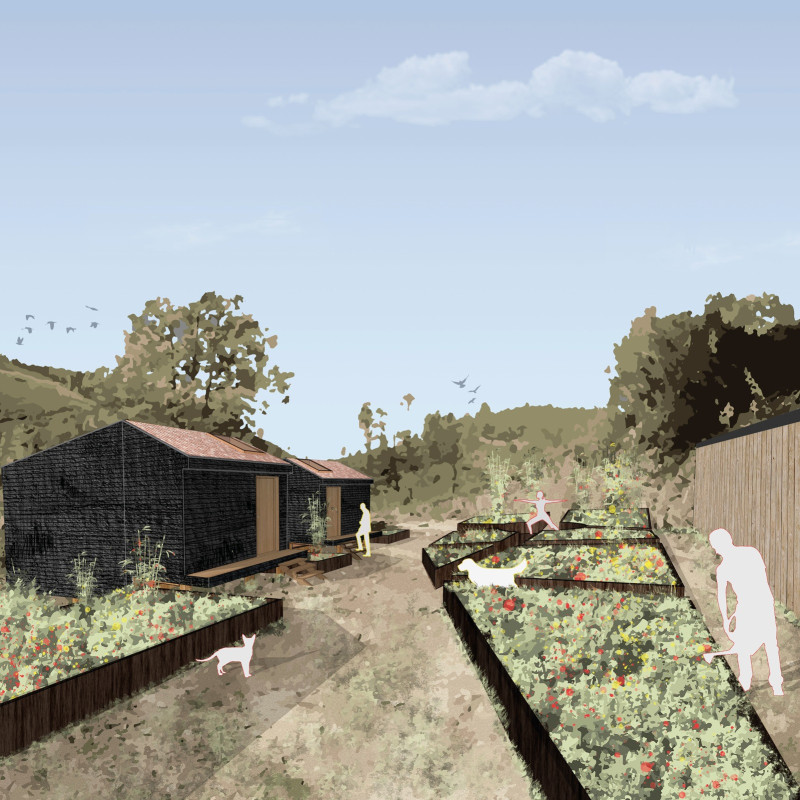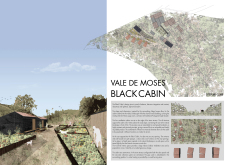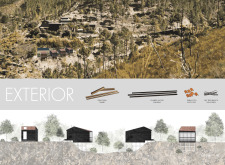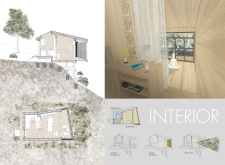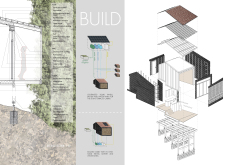5 key facts about this project
Distinctive Layout and Functionality
This development features a multi-level configuration, effectively utilizing vertical space to accommodate various functions. The ground level contains commercial units, fostering local business opportunities and enhancing street activity. Above this, several residential units are aligned to maximize natural light and views. Each unit is designed with open floor plans that promote flexibility and adaptability in living spaces.
A significant aspect of the layout is the incorporation of shared amenities, such as communal gardens and recreational areas. These spaces not only encourage social interaction among residents but also align with an emphasis on community well-being. The layout promotes accessibility, ensuring that public areas are navigable and welcoming to all users.
Sustainable Design Strategies
This project showcases a strong commitment to sustainability through its architectural decisions. It incorporates energy-efficient building systems, such as high-performance glazing and natural ventilation, which significantly reduce energy consumption. A green roof system enhances the building's thermal performance while providing additional outdoor space for residents.
Rainwater harvesting systems are integrated into the design, allowing for efficient water management and reducing runoff. The selection of locally sourced materials ensures a lower environmental impact and supports the local economy. Additionally, the use of advanced insulation techniques contributes to the overall energy efficiency of the building, making it a model of modern sustainable architecture.
Innovative Use of Space and Form
The project's design diverges from traditional layouts through its innovative spatial organization. The facade incorporates dynamic shading devices that adjust based on sun exposure, enhancing energy efficiency while creating a visually engaging exterior. Curved lines and varied textures in the facade create a sense of movement, setting it apart from more conventional box-like structures.
Furthermore, the integration of extensive landscaping features within the design blurs the line between built and natural environments. The incorporation of native plant species not only enhances aesthetics but also promotes biodiversity and ecological function within the urban context.
For further exploration of the intricacies of this architectural project, readers are encouraged to review the architectural plans, sections, designs, and ideas presented in detail. Such materials provide valuable insights into the thoughtful approach taken in the design, illustrating how the project meets the contemporary demands of urban living while embracing principles of sustainability and community engagement.


